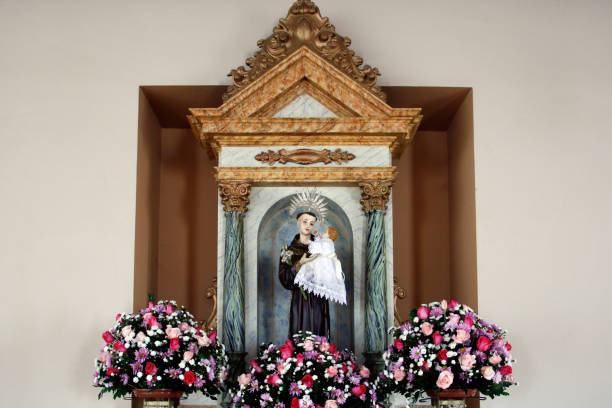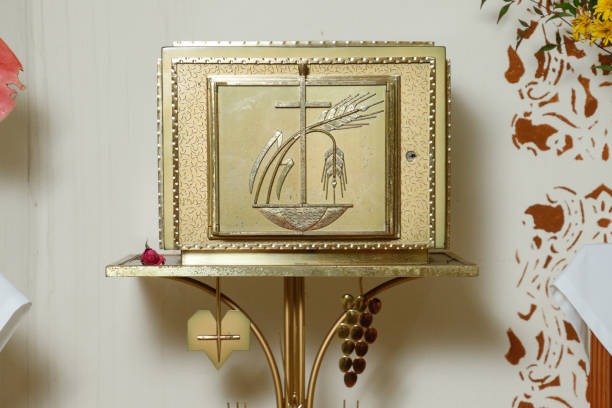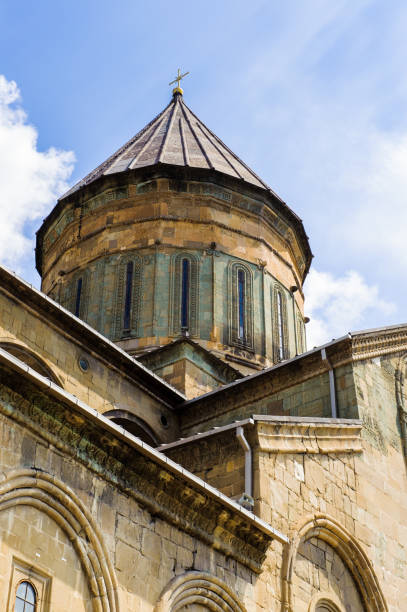Sealing church, mosque, chapel, parish, temple, synagogue artifacts, particularly relics, holds immense significance within the context of religious practice and historical preservation. Let’s explore why it matters:

Authenticity and Veneration of Relics
Relics are physical remains or objects associated with saints, martyrs, or biblical figures. The veneration of relics has been a fundamental practice in religion since its early days. Proper sealing ensures that relics are authentic and can be exposed for veneration by the faithful. The new Vatican instruction released by the Congregation for Saints’ Causes clarifies canonical procedures for verifying relic authenticity, extraction, transfer, and pilgrimage.

Historical and Spiritual Connection
Relics offer a way for Catholics to personally connect with the communion of saints. Just as we cherish moments of deceased family members, relics allow believers to feel close to those who lived lives of faith and holiness. The veneration of relics is deeply rooted in biblical tradition and the early Christian community.

Preserving Sacred Artifacts
Sealing relics ensures their preservation over time. It guarantees that relics are authentic, properly tracked, and protected from damage. By upholding the integrity of relics, the Church maintains a tangible link to its spiritual heritage.

Cultural and Historical Value
Relics are not only religious artifacts but also cultural treasures. They bear witness to exceptional artistic creativity inspired by faith. Sealing relics safeguards their historical and spiritual significance for future generations.
In summary, sealing church artifacts, especially relics, is essential for maintaining their authenticity, spiritual value, and connection to the faithful throughout history.

